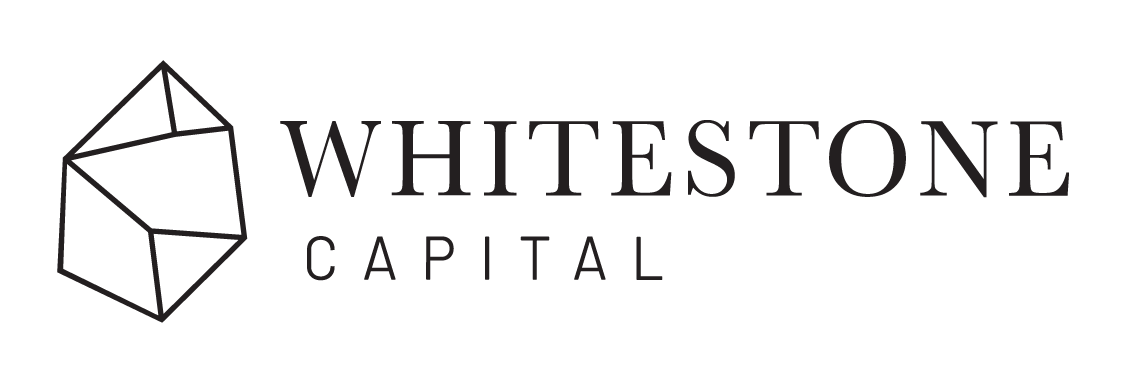In an era of economic uncertainty, resilience in multifamily portfolios is not a given—it must be meticulously engineered. While no investment is immune to market volatility, strategic foresight can fortify stability and sustain performance through downturns. At Whitstone Capital, we leverage seven critical pillars to enhance the durability of our multifamily assets, ensuring they thrive across economic cycles.

1. Prioritize Sustainable Cash Flow
Cash flow is the bedrock of portfolio resilience, especially when asset valuations fluctuate. We focus on in-place revenue rather than speculative appreciation, optimizing operations to maximize rent collections, streamline expenses, and safeguard income streams. For instance, properties with stabilized occupancy rates above 95%—a benchmark for top-performing multifamily assets—can maintain consistent cash flow even in challenging markets.
2. Adopt Conservative Leverage Strategies
Excessive debt amplifies risk, particularly in high-interest-rate environments. We employ prudent leverage, targeting loan-to-value ratios between 50% and 60%, well under the industry average of 70% for multifamily properties. By favoring fixed-rate debt and stress-testing underwriting assumptions, we minimize refinancing risks and preserve asset value, ensuring flexibility through economic shifts.
3. Implement Disciplined Asset Management
Proactive asset management is non-negotiable. We rigorously monitor key performance indicators—occupancy, rent growth, lease retention, and maintenance costs—across our portfolio. By addressing operational inefficiencies promptly, we prevent value erosion. For example, reducing turnover costs by 10% through proactive maintenance can boost net operating income by up to 3%, a critical edge in downturns.
4. Enhance Tenant Retention Programs
Tenant turnover disrupts cash flow and escalates costs, with vacancy and re-leasing expenses averaging $2,000 per unit. We prioritize resident satisfaction through responsive property management, transparent communication, and equitable lease renewals. By achieving renewal rates above 60%—compared to the industry norm of 50%—we stabilize revenue and reduce vacancy risks during economic slowdowns.

5. Maintain Robust Liquidity Reserves
Liquidity is a critical buffer against unforeseen challenges. We maintain reserves equivalent to at least six months of operating expenses at the property level, surpassing the industry standard of three months. These reserves cover unexpected repairs, capital expenditures, or temporary revenue disruptions, ensuring our assets remain resilient amid economic shocks.
6. Align Capital Expenditures with Market Dynamics
Strategic capital allocation is paramount. We rigorously assess the return on investment for upgrades, prioritizing improvements that drive occupancy and rent growth, such as energy-efficient systems that can reduce utility costs by 15-20%. Discretionary projects are deferred unless they deliver measurable value, ensuring alignment with current market conditions and tenant demand.
7. Diversify Across High-Growth Submarkets
Geographic diversification mitigates risk. We target submarkets with robust economic fundamentals—job growth exceeding 2% annually, diversified industries, and population inflows. By focusing on workforce housing, which maintains demand even in recessions due to its affordability, we achieve occupancy stability. For example, Sun Belt markets like Tampa have seen multifamily demand grow by 10% annually, driven by migration and employment trends.

Conclusion
Economic cycles are inevitable, but a multifamily portfolio built on disciplined strategy, operational excellence, and data-driven insights can weather volatility and emerge stronger.
At Whitstone Capital, our data driven approach—rooted in sustainable cash flow, conservative financing, and targeted diversification—positions our assets to deliver consistent performance, regardless of market conditions.








